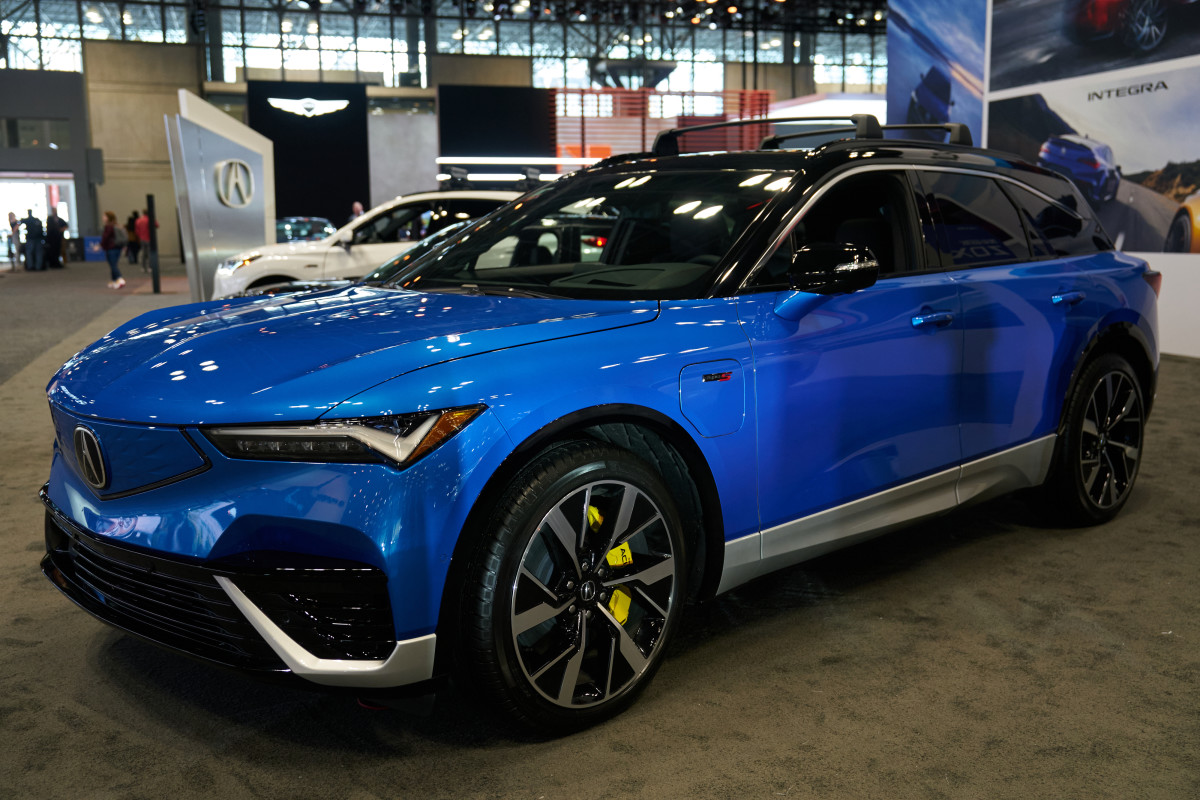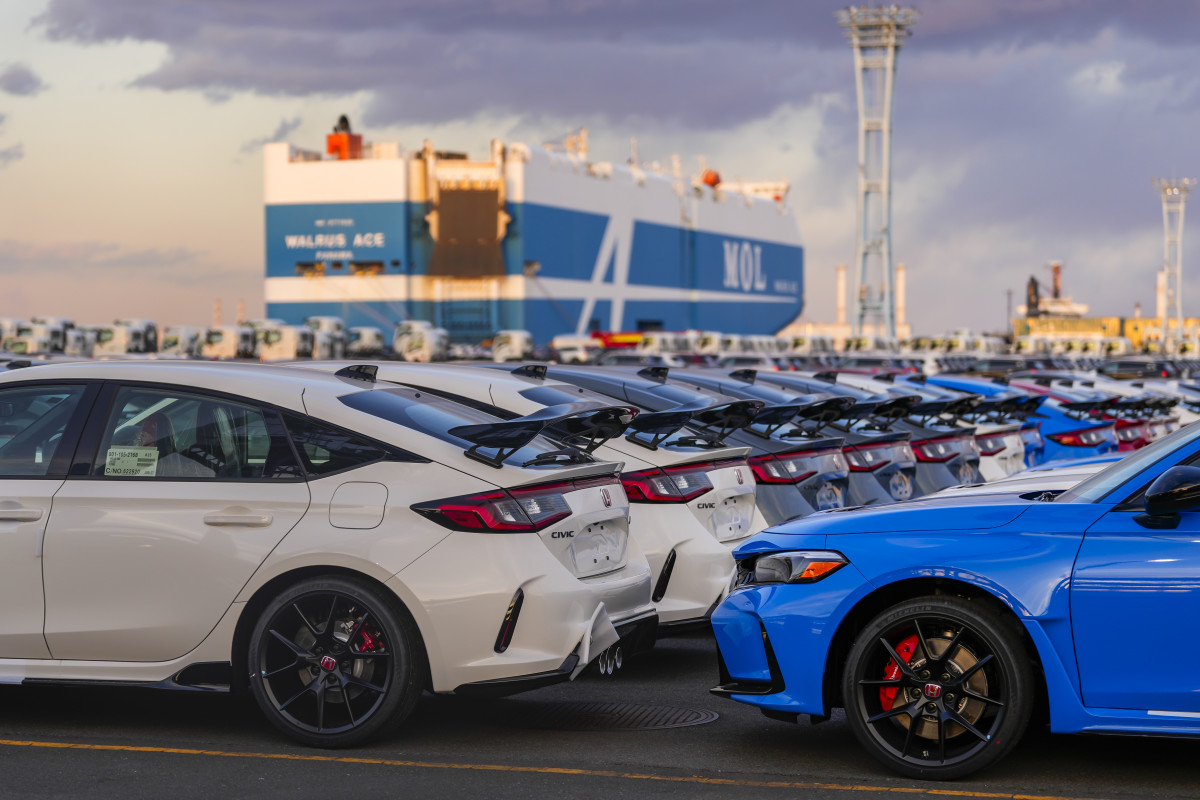The ‘Power of Dreams’ brand is taking a massive loss
Japanese automotive giant Honda is rethinking its strategy regarding electric vehicles as it absorbed red-ink losses stemming from their development and the impact of U.S. tariffs.
In the first quarter of its 2025-2026 fiscal year (April 1 to June 30, 2025), Honda took a one-time charge of ¥113.4 billion (~$780 million) related to its EV-related troubles. In total, the impact of the EV charge and its exposure to tariffs took a toll on Honda’s operating profit during the quarter, as earnings fell to ¥244.1 billion (~$1.69 billion) from ¥484.7 billion (~$3.35 billion) just one year ago.
During a press conference on August 6, Tokyo time, Honda Managing Executive Officer Eiji Fujimura attributed the nearly $780 million charge regarding EVs to its mistakes, adding that they aren’t “optimistic” about the future of electric vehicles.
Getty Images
View the 2 images of this gallery on the
original article
Honda is struggling to sell EVs profitably
Although Honda still plans to launch its 0 Series line of EVs in the U.S. in 2026, the company has delayed product development and investment in a Canadian EV production hub. However, it struggles to come to terms with the loss of the U.S. federal tax credit incentive and the cooling growth in EV demand. Currently, Honda sells two EVs in the States, the GM Ultium-based Honda Prologue and Acura ZDX crossovers, which have had healthy sales numbers. Through June, American Honda moved 16,317 Prologues, while Acura sold 10,335 ZDX; numbers that were only possible with heavy incentives.
According to industry marketing promotion data from Motor Intelligence cited by Automotive News, Honda spent an average of more than $12,000 on each Prologue and $21,000 on each ZDX it moved during the April-June quarter.
In addition, Honda’s attempts to break into the mecha-competitive Chinese EV market with its line of locally developed EVs have not been a fruitful experiment for the automaker. In remarks, Fujimura noted that Honda’s Chinese-market EVs were too expensive amidst a sea of local brands competing in local price wars, and that their cars lacked important connected car technology features that Chinese consumers found on less costly models.
“We are struggling with EVs there,” he said. “We are underachieving against the initial plan.”
Getty Images
Trump Admin.—Japan trade deal saved $1.38B from Honda’s tariff outlook
In addition to its EV woes, U.S. tariffs are making a significant dent in the Power of Dreams brand’s pocketbook, as Honda took a ¥124.6 billion (~$861.6 million) operating profit loss from U.S. tariffs during the last fiscal quarter.
However, Honda officials believe that the recent trade deal between the Japanese government and the Trump Administration in the U.S., which reduced tariffs on automobiles and auto parts from 25% to 15%, will have a slight positive impact on its financial performance in the foreseeable future. Previously, the automaker projected that tariffs would hurdle a full fiscal year blow of ¥650.0 billion ($4.49 billion) at a minimum; however, its latest outlook shows that the new policy would save ¥200 billion ($1.38 billion), down to ¥450.0 billion ($3.11 billion).
However, to further mitigate the impact of U.S. tariffs, Honda says it will increase prices and adjust its supply chain to produce more domestic vehicles for the U.S. market. Fujimura hinted that the automaker may expand its two-shift operation at U.S. plants to three to keep up with demand, requiring more coordination with suppliers.
“We might change it to a three-shift operation in the States, so that we can increase production volume without spending too much on capital investment,” Fujimura said.
Final Thoughts
Despite this, one thing to note is that Honda remains exposed to potential trade issues with Mexico and Canada, as a formal agreement with the respective countries has not been finalized. For the full fiscal year to March 31, 2026, Honda estimates it will incur ¥190 billion ($1.31 billion) in tariff costs on complete vehicles imported to the U.S., with the most significant chunk coming from the USMCA nations.
Honda sources a third of its vehicles from tariff-targeted Mexico and Canada, including popular models such as the compact HR-V crossover, the Acura ZDX, and Honda Prologue EVs from GM’s Ramos Arizpe plant, as well as select units of the Civic and CR-V from Alliston, Ontario.